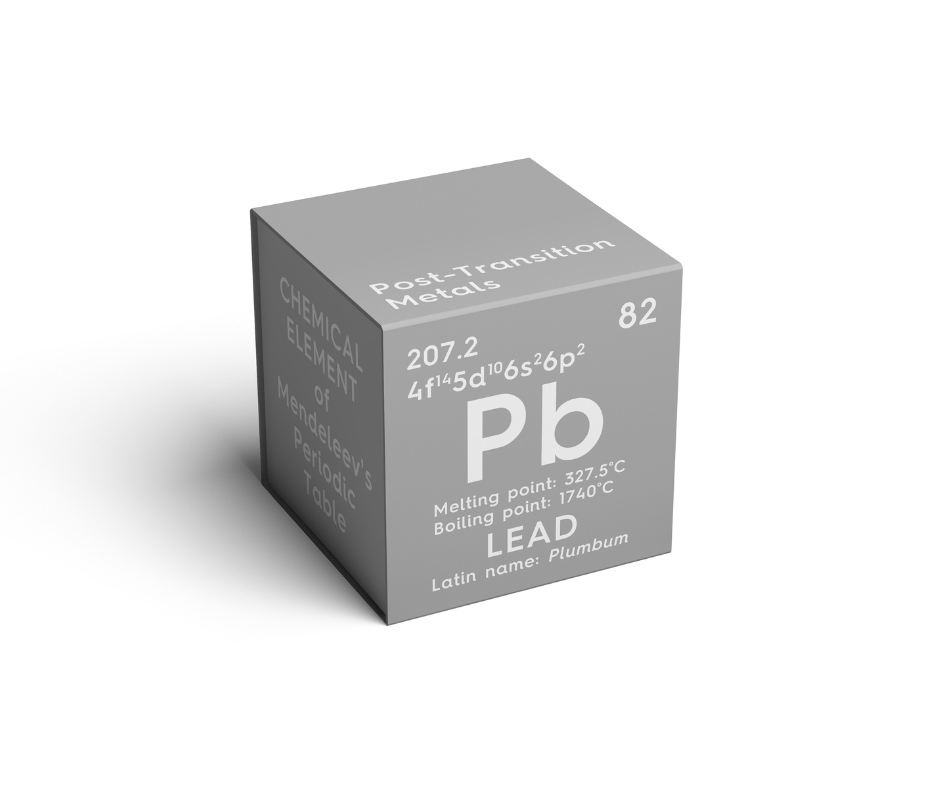While recent headlines have raised concerns about lead in protein shakes, Express Medical Care does not comment on specific brands or claims. However, we believe this is a timely opportunity to educate readers about the effects of lead in the human body and how exposure can impact health.
A recent report by Consumer Reports raised concerns about lead in some protein shakes. While Express Medical Care does not endorse or dispute these claims, we support transparency and safety. It reminds consumers to stay informed. While trace lead may occur naturally, excessive levels must be addressed. Presence of lead in human body can cause serious health problems, even in small amounts.
What Are the effects of Lead in Human Body?
Lead is a toxic heavy metal that can enter the human body through air, water, food, or skin contact. Once inside, it travels through the bloodstream and settles in bones, teeth, and organs. According to the World Health Organization, lead exposure contributed to over 1.5 million deaths globally in 2021, mostly from cardiovascular issues. Although trace amounts of lead occur naturally in some foods, excessive exposure poses serious risks. The body does not need lead for any function. Instead, it disrupts vital processes and damages organs. Children, pregnant women, and older adults face the highest risks.
Lead in the human body accumulates over time. It can remain stored in bones for decades. During pregnancy, stored lead may re-enter the bloodstream and harm the fetus. Therefore, even low-level exposure can have long-term consequences.
Lead affects nearly every organ system. Its impact depends on the amount and duration of exposure. However, no level of lead is considered completely safe.
Neurological Effects
Lead damages the brain and nervous system. In children, it lowers IQ, slows development, and causes learning disabilities. Adults may experience memory loss, mood changes, and reduced concentration.
According to the CDC, children with blood lead levels above 3.5 µg/dL require intervention. Even lower levels can impair cognitive function.
Cardiovascular Effects
Lead increases blood pressure and contributes to heart disease. It stiffens arteries and disrupts heart rhythms. Long-term exposure raises the risk of stroke and heart attacks.
The WHO reports that cardiovascular complications are the leading cause of death from lead exposure.
Reproductive and Developmental Effects
Lead harms reproductive health in both men and women. It reduces sperm count and affects fertility. In pregnant women, lead crosses the placenta and harms fetal development.
Babies exposed to lead in the womb may suffer from low birth weight, premature birth, and developmental delays.
Renal and Skeletal Effects
Lead damages the kidneys and impairs their ability to filter waste. It also weakens bones by replacing calcium. Over time, this leads to brittle bones and joint pain.
Stored lead in bones can re-enter the bloodstream during stress or illness. This makes long-term exposure dangerous even after the source is removed.
Lead enters the body through several pathways. Understanding these helps reduce exposure and protect health.
How Does Lead Enter the Human Body?
Inhalation of dust or fumes: Lead dust from old paint or industrial sites can enter the lungs. Once inhaled, it moves into the bloodstream.
People living near construction zones or factories face higher risks. Children playing in contaminated soil may inhale lead particles unknowingly.
Ingestion through food or water: Lead can contaminate drinking water through old pipes. It also appears in some food ingredients naturally.
According to Health Canada, lead levels in water vary by region and plumbing age. Boiling water does not remove lead. Filtration systems help reduce exposure.
Skin contact with lead-containing products: Although rare, lead can enter through skin if exposure is prolonged.
Workers in battery plants or recycling facilities face this risk. Protective gear and hygiene reduce absorption.
Once inside, lead travels quickly. It affects the brain, kidneys, liver, and bones. The body stores it in tissues, making removal difficult.
Lead in Human Body: Detection and Testing
Doctors detect lead in the human body through blood tests. These tests measure micrograms of lead per deciliter of blood. The CDC considers 3.5 µg/dL as the reference level for concern. Testing is essential for children, pregnant women, and people in high-risk jobs. Regular screening helps catch exposure early. Doctors may also test bone lead levels using X-ray fluorescence.
If levels are high, treatment includes:
- Chelation therapy: Doctors use medication to bind lead and remove it through urine.
- Dietary changes: Calcium, iron, and vitamin C reduce lead absorption.
- Environmental cleanup: Removing the source prevents further exposure.
Early detection improves outcomes. Therefore, regular testing is vital.
How to Prevent Exposure to Lead in Human Body
You can reduce lead in the human body by taking simple steps:
Use water filters: Certified filters remove lead from tap water. Replace them regularly for best results.Health Canada recommends filters that meet NSF/ANSI standards. Boiling water does not remove lead.
Avoid old paint and dust: Homes built before 1980 may contain lead-based paint. Renovate safely and clean dust often.
Use wet cloths to clean surfaces. Avoid sanding or scraping without protection.
Eat a balanced diet: Calcium, iron, and vitamin C help block lead absorption.
Include leafy greens, lean meats, and citrus fruits in your meals. Children need extra nutrients to protect their brains.
Test your environment: Check soil, water, and household items for lead. Hire professionals for accurate results.
Schools and daycare centers should test regularly. Lead in toys or imported goods also poses risks.
Lead in the human body can cause lasting harm. Although some exposure may be unavoidable, awareness and prevention make a difference. Express Medical Care encourages everyone to stay informed, test regularly, and follow safety guidelines.
We do not comment on specific products or brands. However, we support responsible manufacturing and transparent communication. Use this moment to learn, protect your health, and share knowledge with others.


